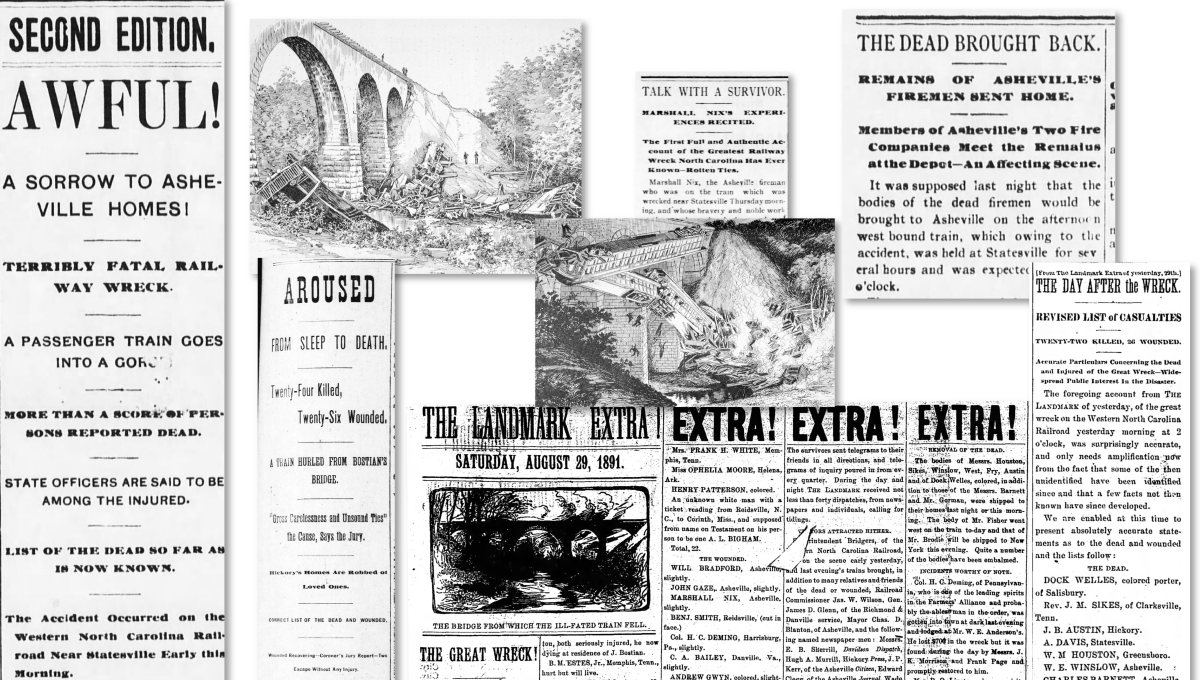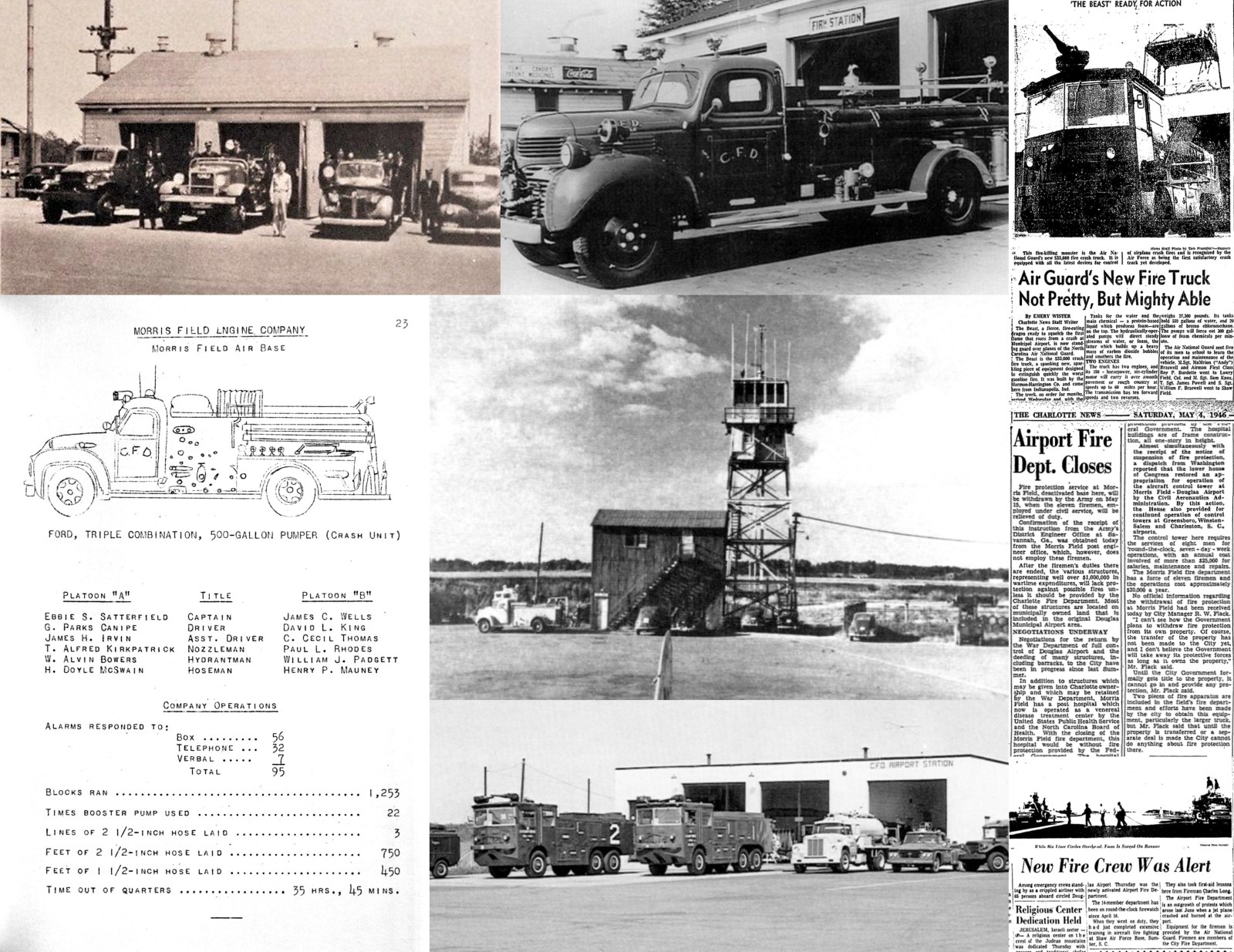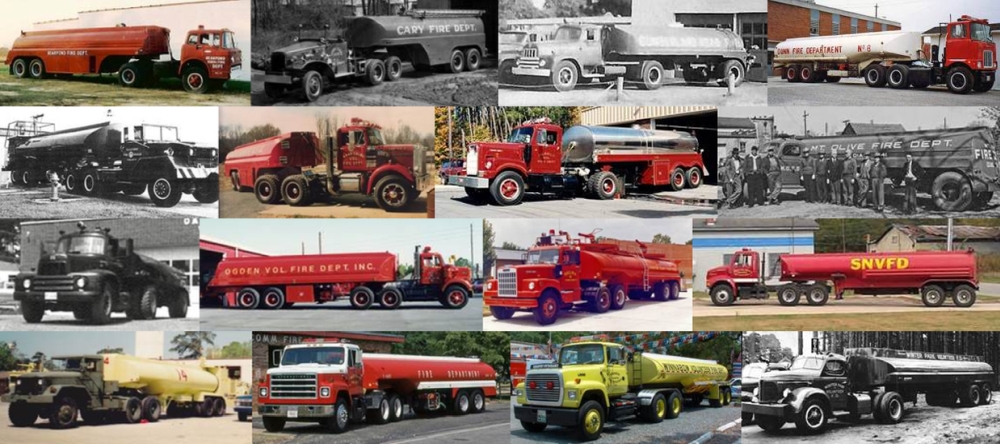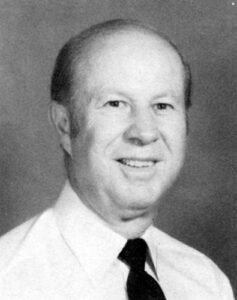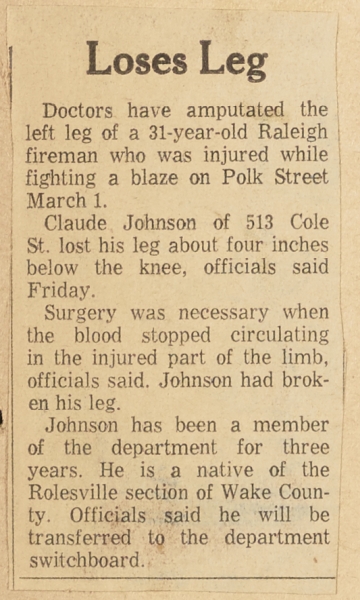Raleigh Recruit Academies 50 (short) and 51 (long) started this week. Here are some historical facts ‘n’ figures about the recruit academies.
Largest graduating class – Academy 48 (2002) – 49 grads
Followed by #41 (2016) with 37 grads, #42 (2017) with 36 grads, #23 (1999) with 36 grads, etc.
Smallest graduating class – Academy 1 (1978) – 7 grads
Longest academy – Academy 51 (2023) and other recent years – 32 weeks
Shortest academy – Academy 49 (2022) – 4 weeks, first RFD lateral academy
First non-lateral short academy – Academy 22 (1998) – 7 weeks
Last non-lateral short academy – Academy 46 (2021) – Before then, was Academy 30 (2004)
First “blended” academy, with non-RFD recruits – Academy 16 (1992) – Included 10 from Wake County FDs and two from Wilson FD.
Last “blended” academy – Academy 18 (1994) – Included two from Wake County FDs.
First numbered academy – February 1978
First non-numbered “academy” – February 1971, perhaps. Had 15 or more new hires. How long was their training? TBD
Earlier clusters of new hires – They go back decades. Such a five hired October 7, 1970. Then four more hired October 26 and 28, 1970. Then one more hired November 2, 1970.
First academy that required EMT certification to graduate – March 1977 (academy not numbered)
First academy to receive diplomas – Academy 1 (1978)
First academy with women – Academy 2 (1978)
First academy conducted at newly completed Keeter Training Center – Academy 7 (1982)
First academy that required EMT certification to be maintained after graduation – Academy 10 (1985)
Academies conducted in conjunction with new stations and/or companies activated:
#6 (1981) – Third (aerial) ladder company
#9 (1983) – Sta 17
#10 (1985) – Fourth (aerial) ladder company
#11 (1986) – Sta 18
#12 (1988) – Sta 19
#13 (1989) – Sta 20, fifth ladder company
#21 (1997) – Sta 21, Sta 22
#24 (2000) – Sta 23
#26 (2000) – Sta 24, Sta 25
#29 (2002) – Sta 26, Sta 27
#30 (2004) – Sixth ladder company
#32 (2005) – Seventh ladder company
#33 (2006) – Sta 28
#35 (2008) – Eighth ladder company
#40 (2014) – Sta 29, ninth ladder company
More Reading
- Recruit Academies Summary
- Recruit Academy Graduates (PDF, needs updating)
- Recruit Academy Class Photos
More Photos
- Legeros fire photos (search on “ktc” or “recruits” or browse by year)
- Raleigh Fire Museum photo albums

